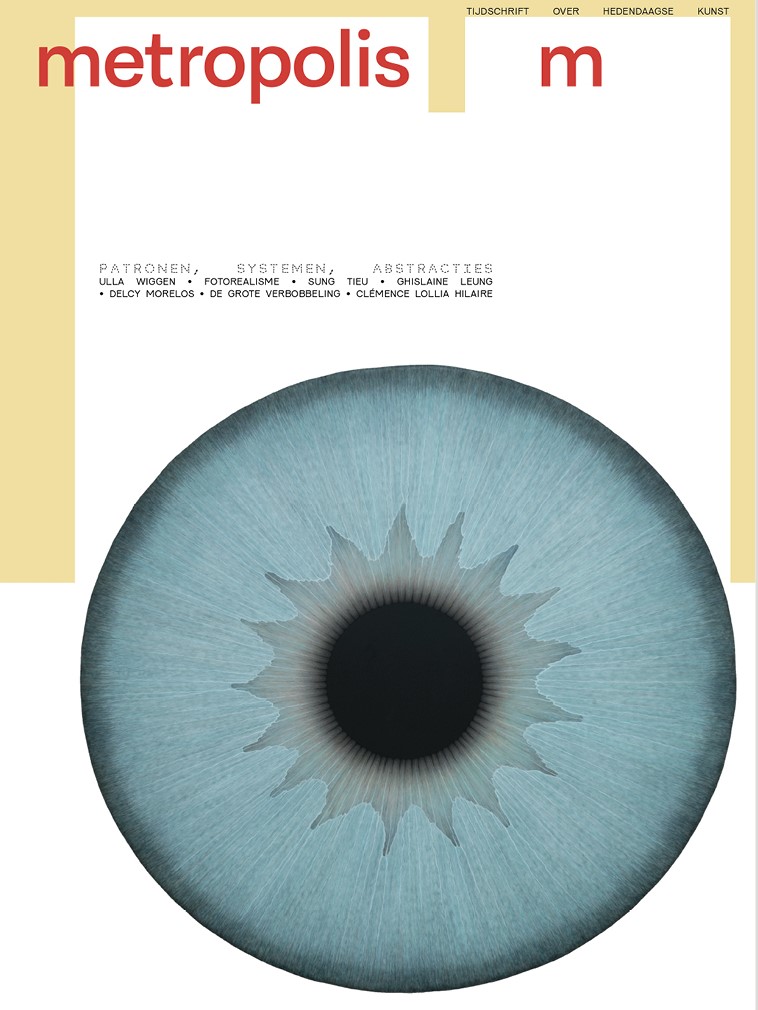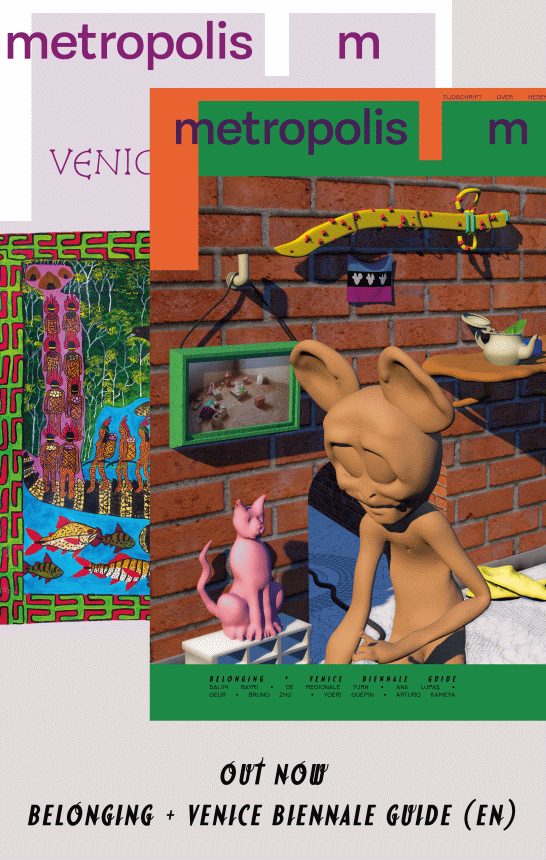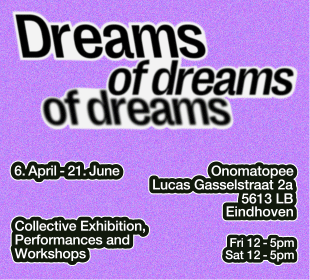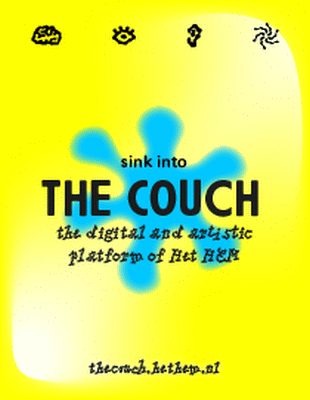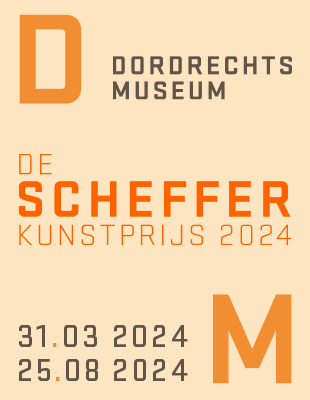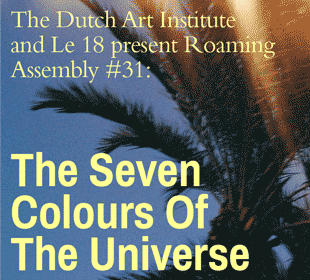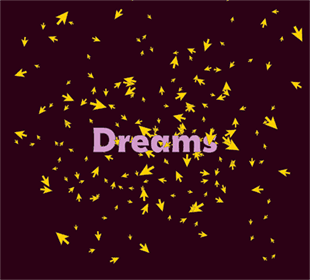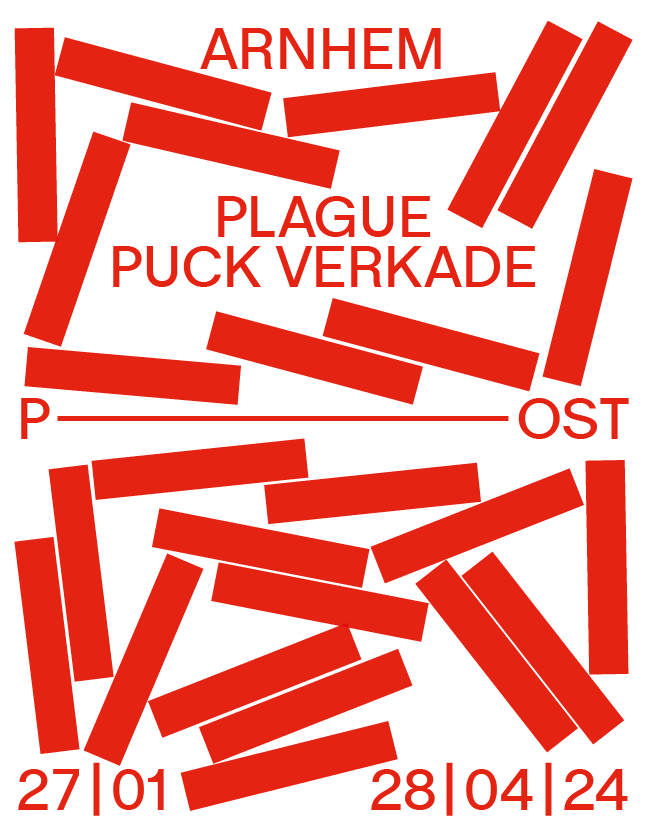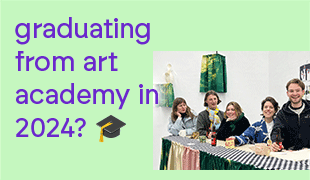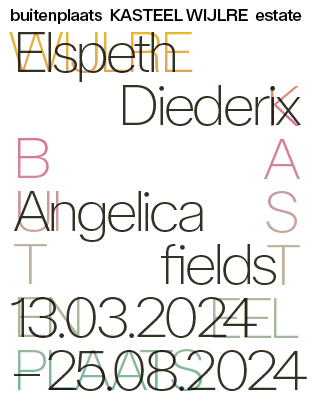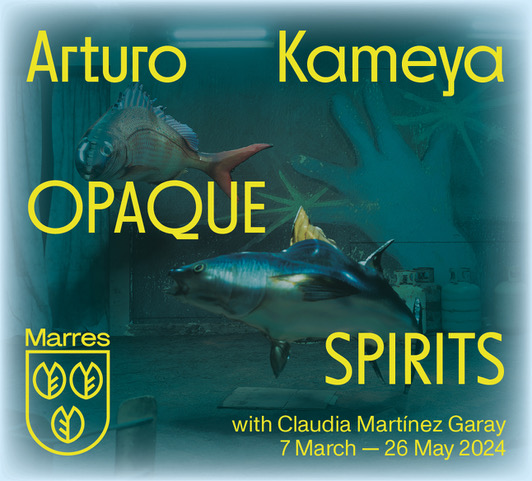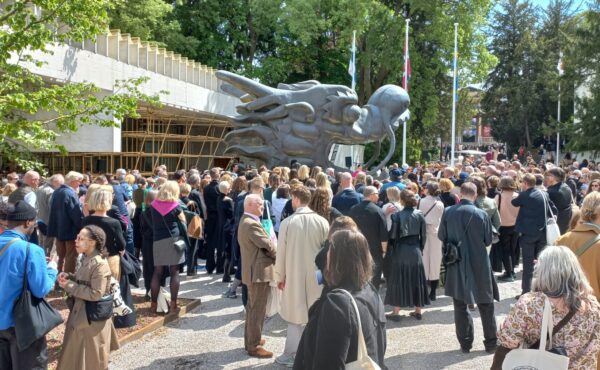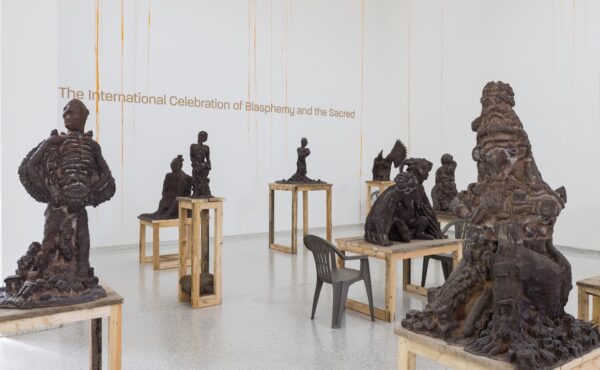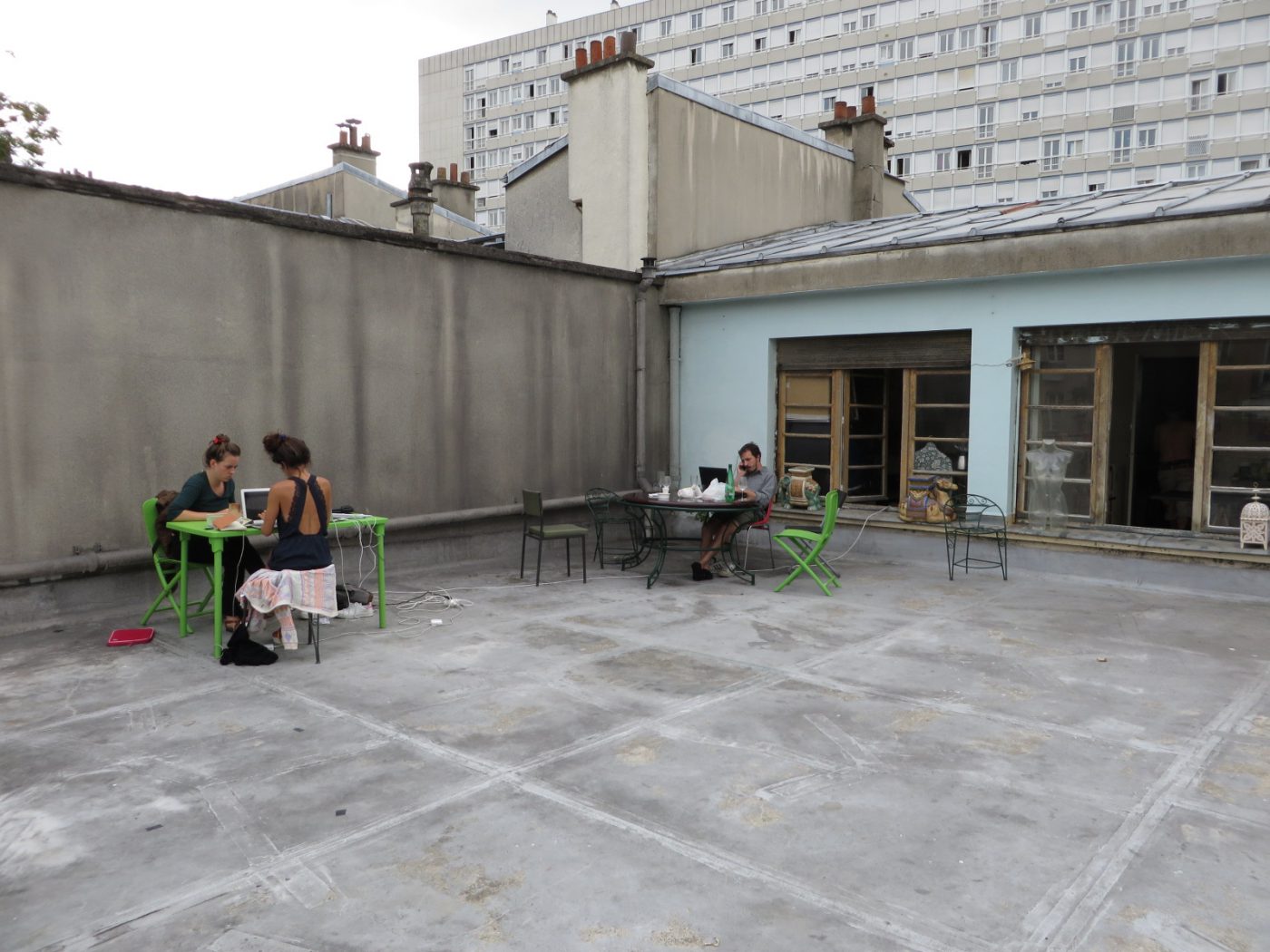
DOC – message from the Parisian underground
Each vibrant metropolis needs a fertile soil. Paris is often accused of not having one, and of being dominated by prestigious museums and market-driven galleries. True, there is no abundance of artist initiatives, but let us highlight the one that makes a difference. Meet DOC.
DOC distinguishes itself from other Parisian artist initiatives in size, location (not in the banlieue as most initiatives, but in the centre of Paris) and its public programme of exhibitions, theatre plays, concerts, screenings, readings, discussions and performances. About sixty artists, graphic designers, fashion designers, actors and directors work at DOC. The former technical college in the Rue du Docteur Potain (hence the name DOC) was squatted in March 2016. In a city with a shortage of studios, it did not take long for the sixty studios to be rented out for five euro per square meter. The majority of artists are young, like François-Noé Fabre, Kim Farkas and Daiga Grantina, but DOC has welcomed also a few more established artists like Pierre Ardouvin or the Swiss Philippe Decrauzat.
The artists themselves have renovated the building, created allotments, a communal kitchen, a roof terrace, a sound and photo studio, and have started an exhibition programme in the former gym. The deteriorated wood and metal workshops are back in business. The generosity of DOC is reflected in the fact that everyone, artists and neighbours alike, can make use of these workshops by paying a humble fee. Relatively new are the two residencies of three months and one of six months. Recent guests were Marie Lund (DK) and Anna Solal (F). They were selected from a pile of people that had applied.
The world they have built is impressive. However, DOC’s future is highly uncertain. Its existence is tolerated for the moment, but as it is illegal, it can be closed down at any moment. The owner of the building has not decided yet about the building’s new purpose. It could be sold, it could be demolished. However, the city council is quite glad with DOC’s presence. They prefer an empty building being reactivated over a dilapidated one. Furthermore, the artists give a boost to the somewhat dreary neighbourhood. Since its start, DOC has always had moral support from Parisian players like Xavier Franceschi, director of FRAC, and Nicolas Bourriaud, former ENSBA director (many artists at DOC have studied at this Parisian art academy). Corentin Canesson, one of DOC’s artist-curators, currently has a solo show at art institute Le Crédac, elsewhere in Paris. It is another sign of recognition, next to the high amount of people that visit the show openings.
Despite the uncertainty, the artists are investing a lot in DOC conceptually, energetically and timewise. In tune with their communal spirit, each residing artist lends a hand in making the activities and exhibitions happen financially. Exhibitions made by DOC’s own team of curators are alternated by propositions from others. In Un peu plus tard après la nuit (2016) nine artists tapped into the abandoned objects that witness the clandestine life in the Gare des Mines building in the northern outskirts of Paris. In Painting from the Crypt (2016) the work of three painters, Nicolas Chardon, Jan Kämmerling and Jan van der Ploeg, was disguised as a horror show. Concerning the artists; there are various degrees of experiences and visibility. Some of the artists who have participated in these shows have been under the radar, others are already highly visible and represented by galleries.
The current exhibition Parisque is a proposition by young French curator Marie de Gaulejac, who divides her time between Brussels and Paris. De Gaulejac invited French artists living in both cities to create a work together. Alicia Zaton resides at DOC, Nicolas Bourthoumieux, Douglas Eynon, Erwan Mahéo, Gijs Milius, Sébastian Reuzé live in Brussels. They decided to build a float together; an intelligent answer to the question of collaboration. It is the object par excellence that demonstrates shared opinions, positions and interests. However, the blue abstract figures of papier-mâché are rather neutral or self-centred. Apparently Rodin’s The Burghers of Calais served as a starting point. The energy that the curator wants to demonstrate was probably there during the collaboration, but what is left for the visitors to see is foremost a quite solemn sculpture and a static exhibition. The Paris-Brussels connection is an appealing angle though, to see an exhibition as a collaboration between artists is another fascinating point of departure. It means to sacrifice your signature style for the higher goal of collaboration; risky business for artists in market-driven Paris.
Nanda Janssen
is curator and writer, and is doing a residency at La Cité Internationale des Arts in Paris with the support of the Mondrian Fund.
Parisque, 25.02.2017 t/m 19.03.2017, Penser dans les cordes. A boxing philosophy, 13.03.2017, Poésie civile #2, 20.03.2017
www.doc.work
Nanda Janssen
is curator en criticus en woont in Parijs